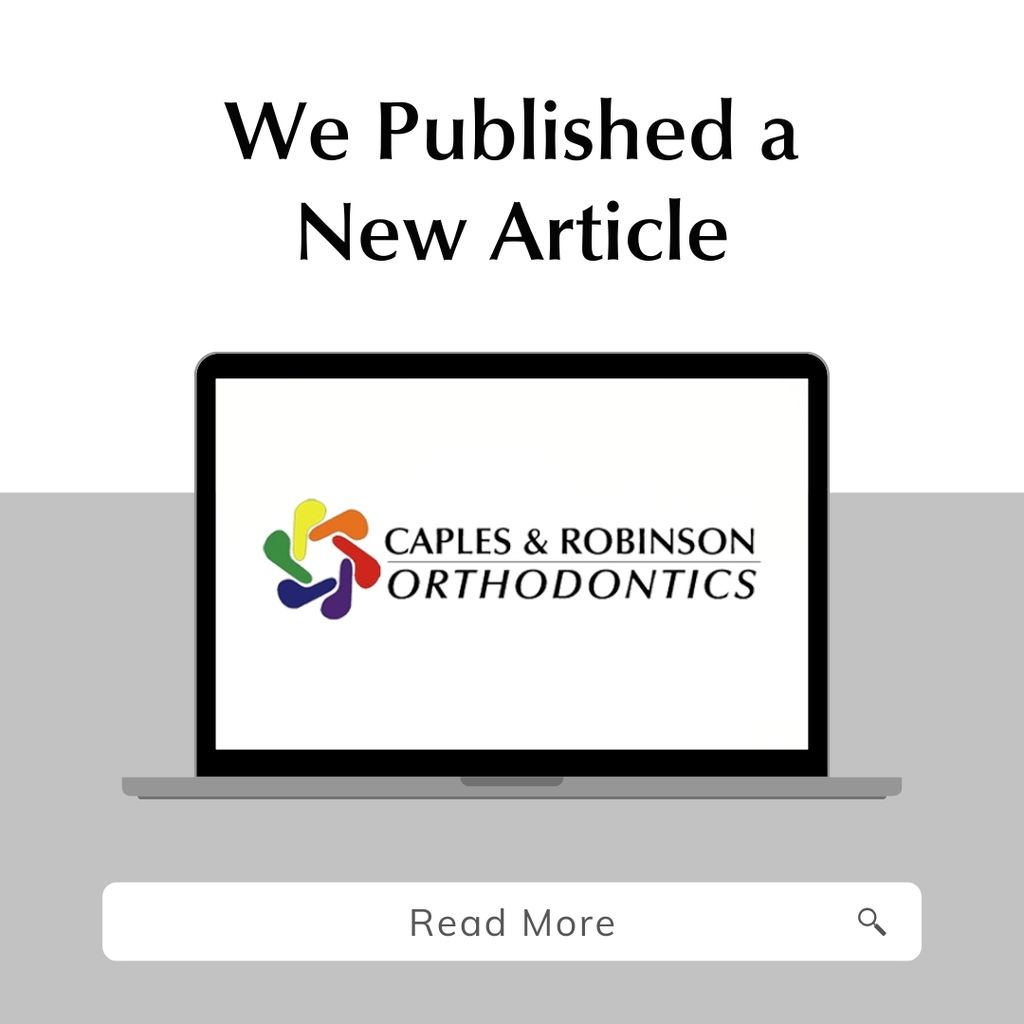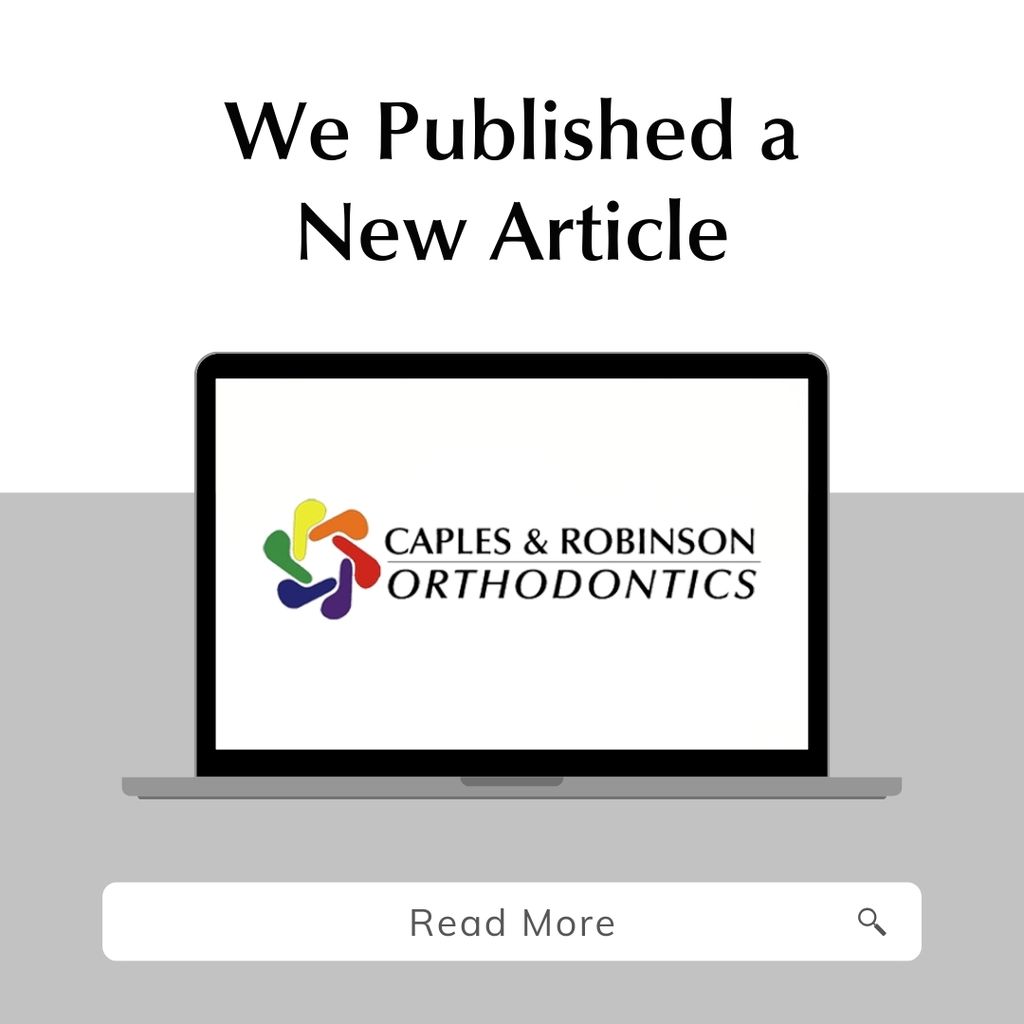Understanding the impact of braces on speech can be vital for individuals considering orthodontic treatment. Many people have concerns regarding potential changes in their speaking ability upon receiving braces. Braces can indeed influence speech temporarily, but with the right support and information, adjustments can be made smoothly. Caples & Robinson Orthodontics, located at 2210 Forsythe Ave., Monroe, LA 71201, specializes in delivering personalized orthodontic care specifically tailored to individual needs, ensuring the best possible outcomes for speech and overall oral health.
It is common for patients to notice slight alterations in their speech clarity upon the initial placement of braces. These changes often result from the new presence of brackets and wires in the mouth, which can require a period of adjustment. The most frequently reported speech difficulties include issues with certain sounds, particularly those that rely on the tongue’s positioning. However, these temporary difficulties typically subside as the mouth acclimatizes to the new orthodontic appliances.
Patients can take several proactive steps to assist in minimizing speech challenges, which can enhance their overall experience with braces. Here are some effective strategies that can help:
- Practice Speaking: Take time to read aloud and practice speaking with braces. This helps the mouth adjust to the new positioning of teeth and appliances.
- Use a Mirror: Observing facial movements while speaking can aid in correcting any speech patterns that may feel uncomfortable.
- Stay Hydrated: Keeping the mouth moist can ease discomfort and help maintain clear speech.
Choosing Caples & Robinson Orthodontics means relying on a team that is dedicated to ensuring a comfortable and effective orthodontic journey. The professionals here understand that the adjustment phase can vary from person to person. They offer guidance tailored to each individual’s circumstances, ensuring that patients can navigate these changes with confidence. The compassionate team takes the time to address every concern, ensuring individuals know that temporary speech changes are normal and manageable.
As noted in a recent review by a satisfied patient, “The staff at Caples & Robinson Orthodontics were incredibly supportive throughout my entire treatment, answering all my questions and making sure I was comfortable with each step. Their personalized approach truly made a difference.” Such endorsements highlight the commitment to patient care that sets the practice apart.
Apart from addressing speech modifications, Caples & Robinson also emphasizes the importance of maintaining good oral hygiene during orthodontic treatment. Food particles can easily become trapped in braces, leading to plaque buildup if not cleaned effectively. Proper brushing and regular dental check-ups are essential in preventing complications that could affect both oral health and speech. It is recommended to use special orthodontic toothbrushes and cleaning devices to reach every area effectively.
The firm belief at Caples & Robinson Orthodontics is that clear communication and patient education are paramount. In addition to offering exceptional orthodontic care, the team provides resources and consultations to equip patients with the information they need to make informed decisions. More information about available services can be found on the practice’s official website here.
Individual experiences with braces can vary widely, and while some may face temporary adjustments in speech, it serves as a small part of the overall benefits that come with orthodontic treatment. With professional support, most patients find that they can adapt quickly, continuing to express themselves confidently throughout their orthodontic journey.
Taking the first step toward achieving a healthier smile is easier than ever. Interested individuals are encouraged to reach out for more information or to schedule an appointment with Caples & Robinson Orthodontics. Discover how dedicated care can make a positive difference during orthodontic treatment. Appointments can be scheduled directly through this link.
At Caples & Robinson, the goal is not only to enhance smiles but also to ensure that the journey remains as seamless and enjoyable as possible. Understanding potential speech changes allows patients to embrace their transformation with assurance and pride.
The information provided on this website is for general informational purposes only and is not intended as professional advice. While efforts are made to ensure the accuracy of the content, no liability is assumed for any harm or misunderstandings that may result from the use of this information. This disclaimer applies to all content published on this website.







